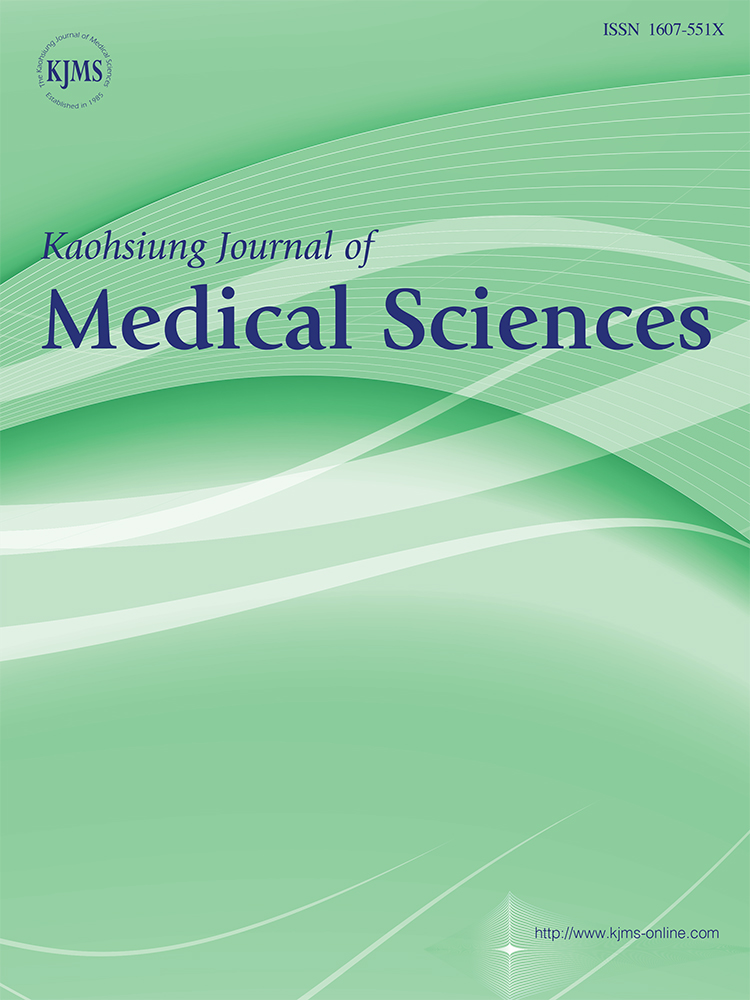Cellular Cytotoxicity of Antiglaucoma Drugs in Cultured Corneal Endothelial Cells
Abstract
In this study, the various antiglaucoma drugs including betaxolol, timolol, levobunolol, carteolol, brimonidine, dipivefrin, dorzolamide, brinzolamide, latanoprost, unoprostone, and pilocarpine were used to investigate the effects of cellular cytotoxicity in cultured bovine corneal endothelial cells. After exposure to the drugs in three dilutions, 1/100, 1/1,000, and 1/10,000, for 100 minutes, cells were estimated based on the release assay of lactate dehydrogenase (LDH) enzyme. It was found that cellular LDH was significantly released in the medium only at 1/100th dilution of betaxolol, brimonidine, dorzolamide, dipivefrin, latanoprost and unoprostone to 130%, 123%, 145%, 157%, 128% and 237%, respectively, compared with controls upon exposure to drugs for 100 minutes. Moreover, benzalkonium chloride preservative at the concentrations ranging from 0.001 to 0.00001mg/mL did not affect cellular LDH release in bovine corneal endothelial cells. These results indicate that high concentrations of antiglaucoma drugs may induce cytotoxicity in corneal endothelial cells.




